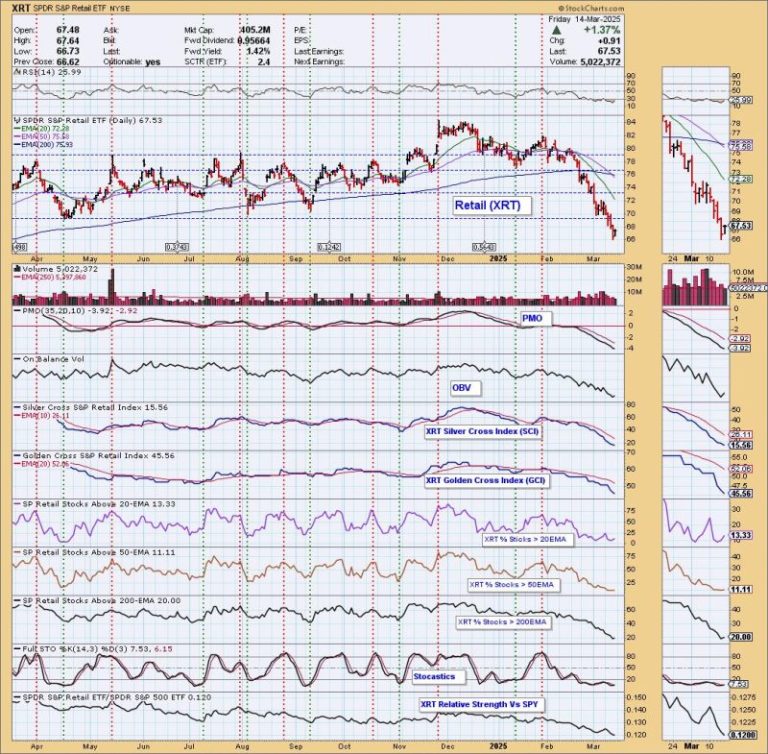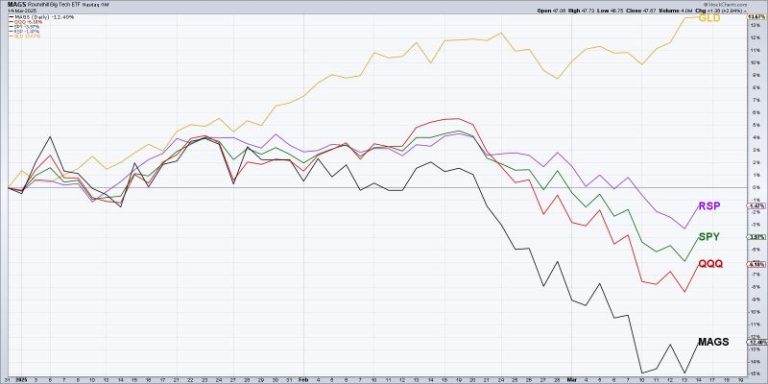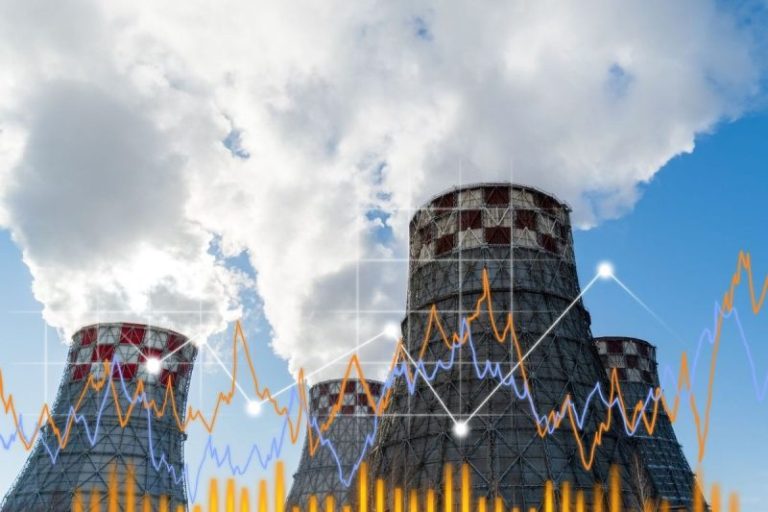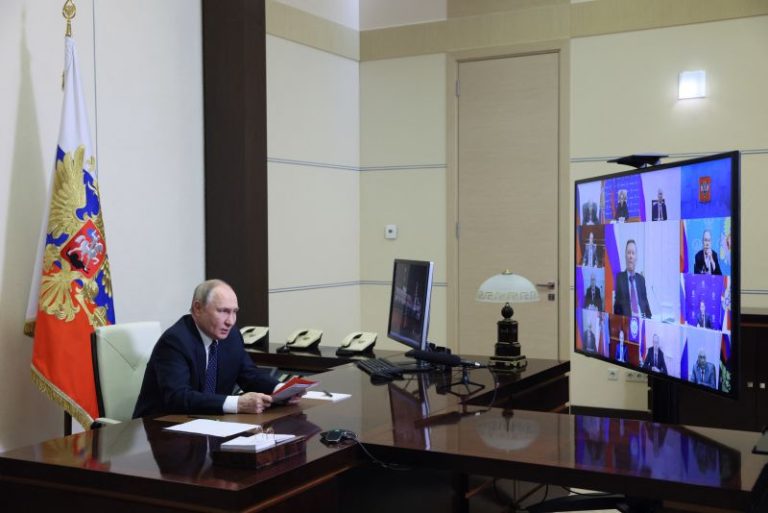It’s been rocky for the S&P 500 and particularly rocky for some industry groups and sectors. The market does appear ready to give us a good bounce, but past that we aren’t overly bullish.
Tariff talk has really pummeled the Retail (XRT) industry group and we don’t see much relief in sight. The daily chart below doesn’t even show the next level of support. There was a recent Death Cross of the 50- and 200-day EMAs. Friday saw a good bounce but it wasn’t enough to really improve the under the hood indicators. Let’s look at our “under the hood” chart for XRT.
Participation is anemic, with all readings below our bullish 50% threshold. It will be very difficult to turn this decline around when so few stocks have price above their key moving averages. The Silver Cross Index is at a very low 16% and the Golden Cross Index is below our bullish 50% threshold. Both the Silver and Golden Cross Indexes are below their signal lines and falling, so the IT and LT Bias is BEARISH. The PMO is at an extremely low reading below the zero line. We don’t see much upside available to XRT; even if we do get a bounce, overhead resistance is very near at 69.
(For more “under the hood” charts of major indexes, sectors and select industry groups, !
Try us out for two weeks with a trial subscription!
Use coupon code: DPTRIAL2 Subscribe HERE!
Technical Analysis is a windsock, not a crystal ball. –Carl Swenlin
(c) Copyright 2025 DecisionPoint.com
Disclaimer: This blog is for educational purposes only and should not be construed as financial advice. The ideas and strategies should never be used without first assessing your own personal and financial situation, or without consulting a financial professional. Any opinions expressed herein are solely those of the author, and do not in any way represent the views or opinions of any other person or entity.
DecisionPoint is not a registered investment advisor. Investment and trading decisions are solely your responsibility. DecisionPoint newsletters, blogs or website materials should NOT be interpreted as a recommendation or solicitation to buy or sell any security or to take any specific action.
Helpful DecisionPoint Links:
Trend Models
Price Momentum Oscillator (PMO)
On Balance Volume
Swenlin Trading Oscillators (STO-B and STO-V)
ITBM and ITVM
SCTR Ranking
Bear Market Rules










